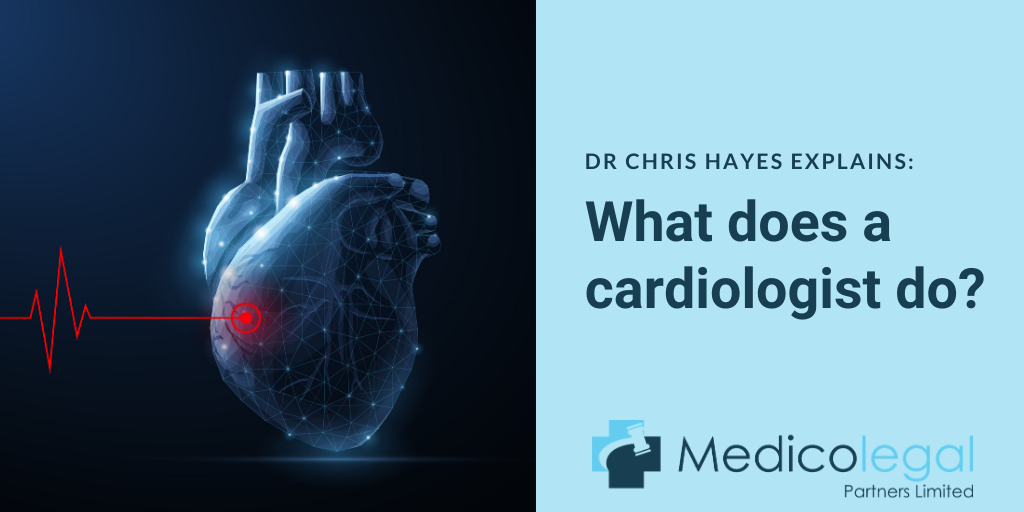What does a cardiologist do?

Cardiologists diagnose, assess and treat patients with diseases and defects of the heart and blood vessels, also called the cardiovascular system.
Range of conditions
Cardiologists manage patients with conditions such as:
- angina;
- chest pain and heart failure;
- pacemakers;
- arrhythmias, e.g. atrial fibrillation or atrial flutter;
- heart murmurs due to heart valve disease;
- cardiomyopathy with heart failure including pulmonary oedema;
- coronary artery thrombosis or myocardial infarction;
- atherosclerosis, arteritis and atheroma;
- hole in the heart and other forms of congenital heart disease within adult life.
Diagnostic tests
Cardiologists use a number of different diagnostic tools and tests to study the cardiovascular system:
- An electrophysiological (EP) study is a test which looks at the heart’s electrical activity in more detail and is used to diagnose and treat a wide variety of abnormal heart rhythms (arrythmia) by identifying which areas of the heart are affected.
- A transoesophageal echocardiogram is an ultrasound test that uses sound waves to produce moving, real-time pictures of the heart. An ultrasound probe is passed down the oesophagus to take images from inside the body.
- An angiogram is a diagnostic test that uses x-rays to take pictures of the blood vessels. A long flexible catheter is inserted through the blood stream to deliver dye (contrast agent) into the arteries making them visible on an x-ray.
Treatment
A cardiologist may be able to offer medicine to treat the symptoms, prevent progression of or avoid complications associated with heart disease.
A cardiologist can also fit devices like pacemakers (that offer low-energy electrical pulses that keep the heart beating normally) or defibrillators (that give an electric shock to the heart in order to re-establish a normal heartbeat). Other treatment options for cardiovascular diseases include:
- ablation (or catheter ablation) – using either heat (radiofrequency ablation) or freezing (cryoablation) on the area of the heart that’s causing the abnormal heart rhythm
- cardioversion – sending electric signals to the heart through electrodes placed on the chest.
Within a medicolegal context, common causes of cardiovascular claims include:
- failure to assess, diagnose and appropriately treat patients;
- issues related to consent;
- complications that occur during and after procedures.
References:
- https://www.healthcareers.nhs.uk/explore-roles/doctors/roles-doctors/medicine/cardiology
- https://www.bhf.org.uk/informationsupport/tests/electrophysiological-studies
- https://www.bupa.co.uk/health-information/heart-blood-circulation/transoesophageal-echocardiogram
- http://www.ccpdocs.com/treatments
- https://www.bhf.org.uk/informationsupport/treatments/ablation
